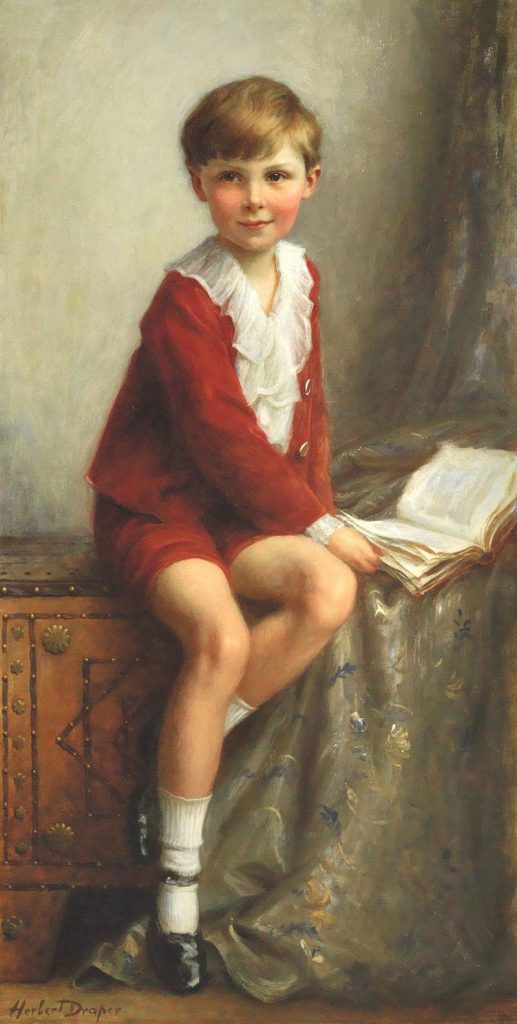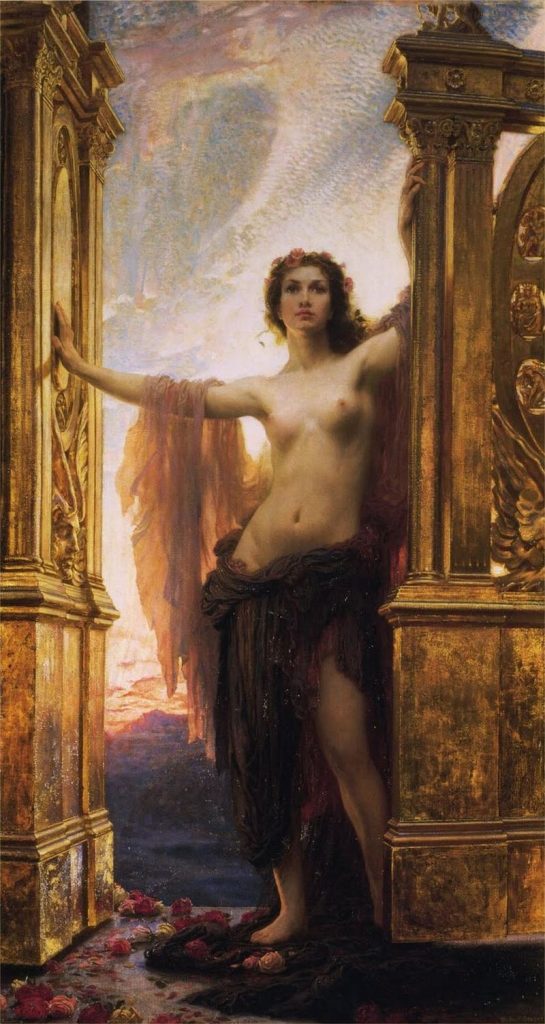
Herbert James Draper (1863-1920) was a British artist known for his skillful and highly detailed paintings, particularly those featuring mythological and historical subjects. He was associated with the late 19th and early 20th-century Neoclassical and Academic art movements. Here is a biography of Herbert James Draper:
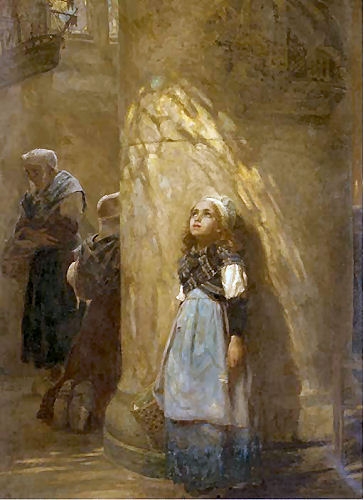
Early Life and Education:
- Herbert James Draper was born on November 17, 1863, in London, England.
- He studied at the Royal Academy Schools in London, where he honed his artistic skills and developed a deep appreciation for classical and historical subjects.
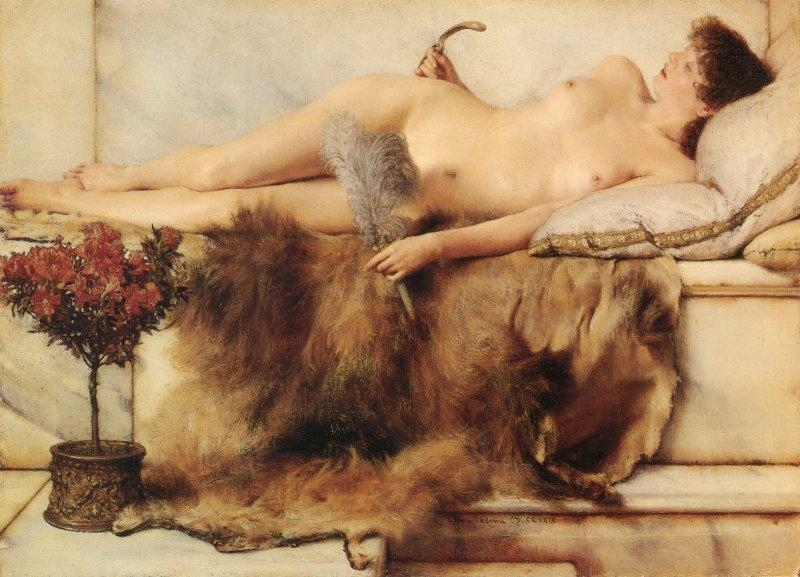
Artistic Style and Influences:
- Draper’s art was deeply influenced by the neoclassical tradition, which emphasized classical themes, idealized forms, and meticulous attention to detail.
- He was particularly inspired by the works of the Old Masters and often referenced classical sculptures and literature in his paintings.
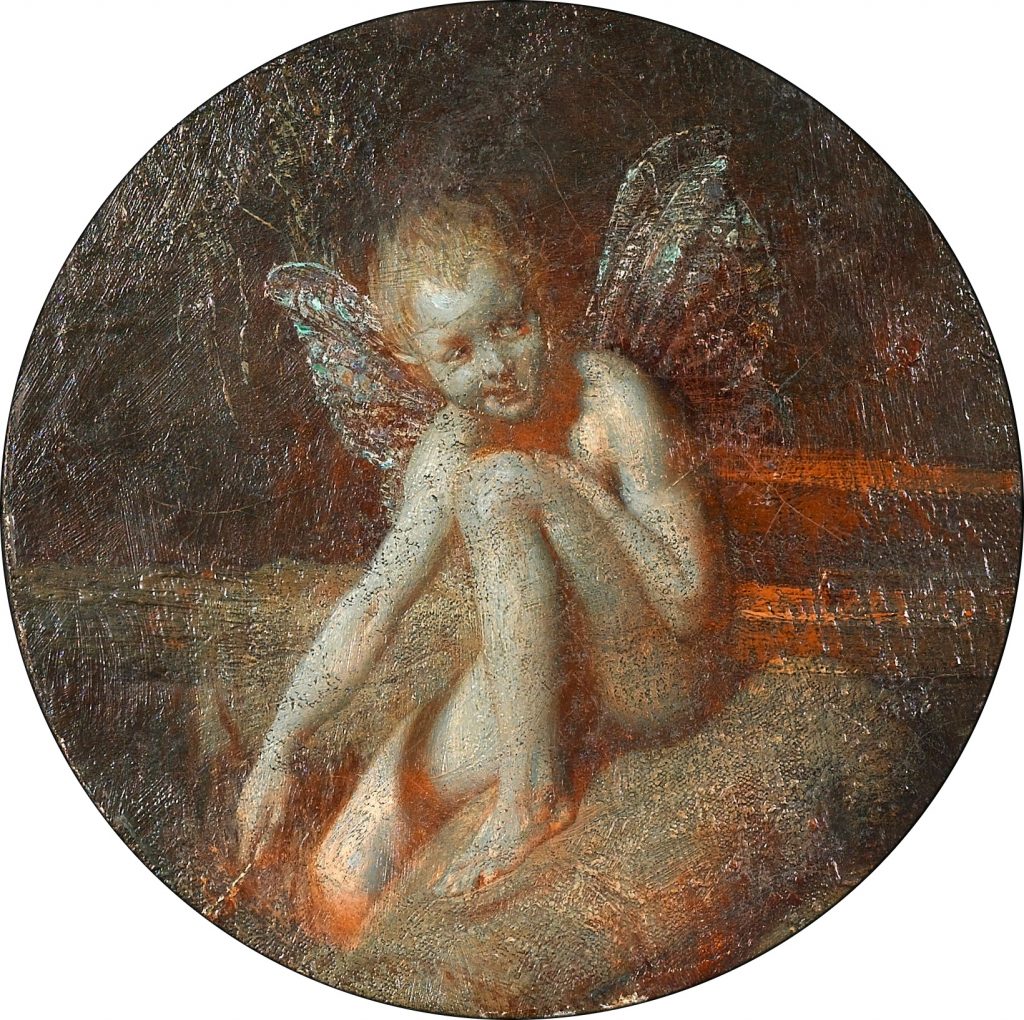
Career and Recognition:
- Draper began exhibiting his work at the Royal Academy in London in 1887 and continued to do so throughout his career.
- He gained recognition for his paintings, which often featured sensuous and idealized figures, draped in flowing fabrics, set against sumptuous backgrounds.
- Draper’s attention to the play of light and shadow and his ability to capture the texture of fabrics and skin earned him acclaim.
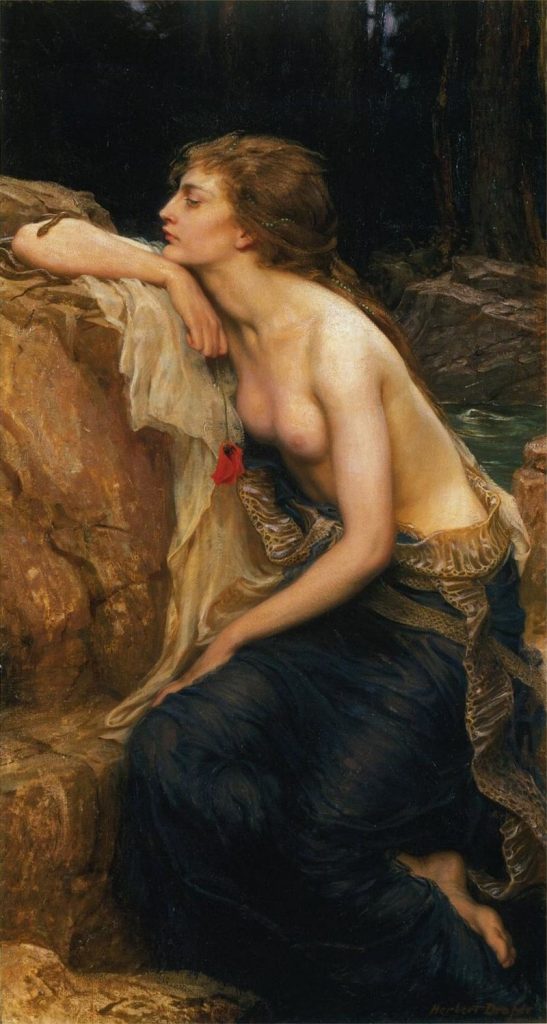
Subjects and Themes:
- Draper’s most famous paintings often depicted mythological or historical scenes, frequently inspired by ancient Greece and Rome. His works often featured gods, goddesses, nymphs, and other classical figures.
- One of his most celebrated works is “The Lament for Icarus,” which depicts a scene from Greek mythology where Daedalus mourns the death of his son, Icarus.
- He was also known for his portraits and genre scenes, which showcased his skill in capturing the human form and facial expressions.
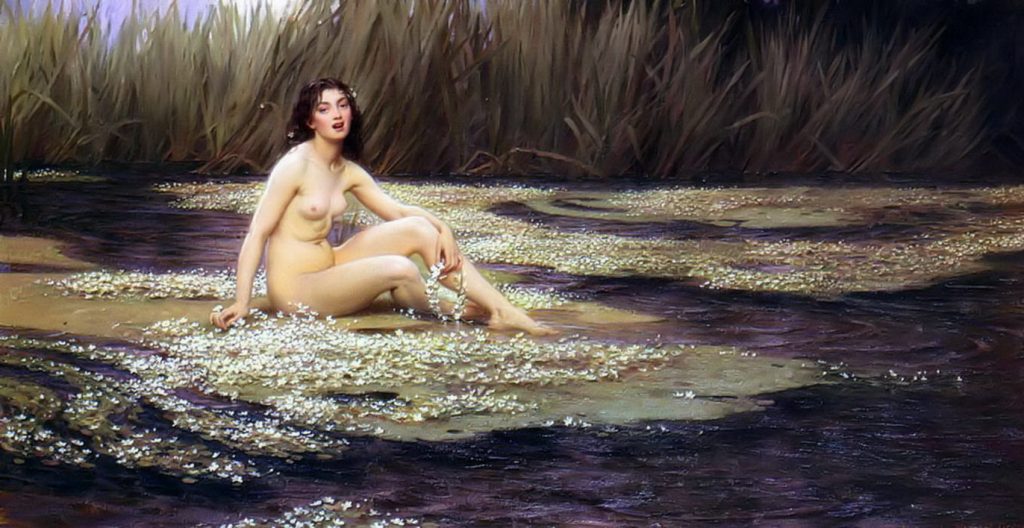
Later Life and Legacy:
- Herbert James Draper continued to paint and exhibit his works until his death.
- His paintings have remained popular and continue to be admired for their technical excellence, emotional depth, and their evocation of the ideals of classical beauty and sensuality.
- Draper’s legacy endures as a notable figure in the history of late 19th and early 20th-century British art, particularly in the realm of Academic and Neoclassical painting.
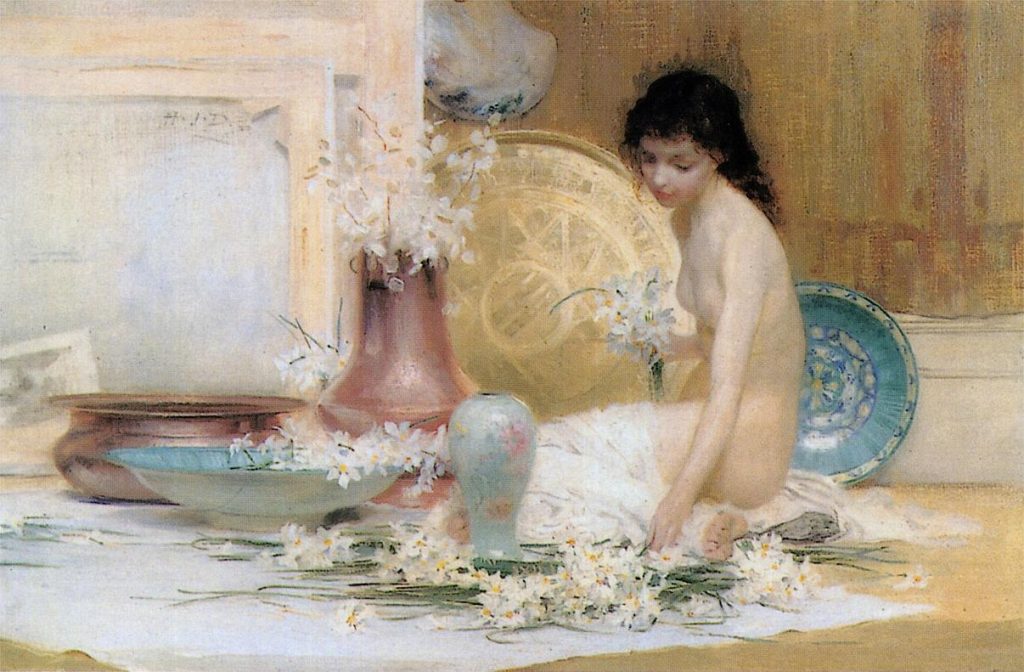
Herbert James Draper passed away on September 22, 1920, in London, leaving behind a body of work that embodies the beauty and elegance of classical art. His paintings, with their idealized figures and sumptuous settings, continue to be celebrated for their timeless appeal and their contribution to the tradition of British academic art.
